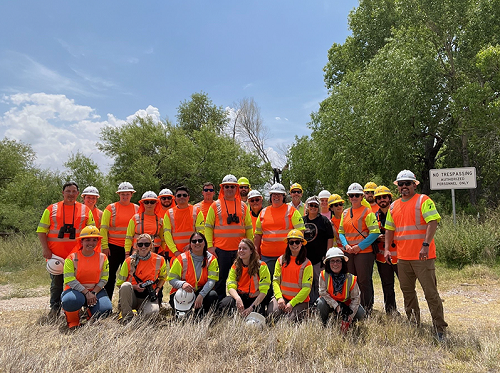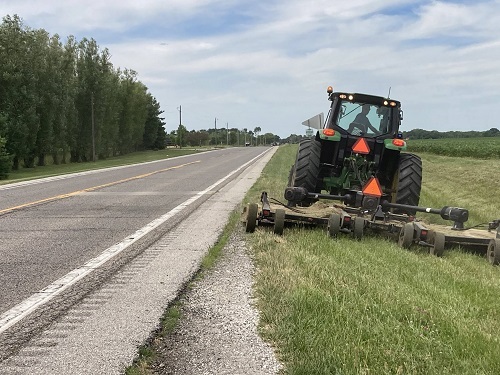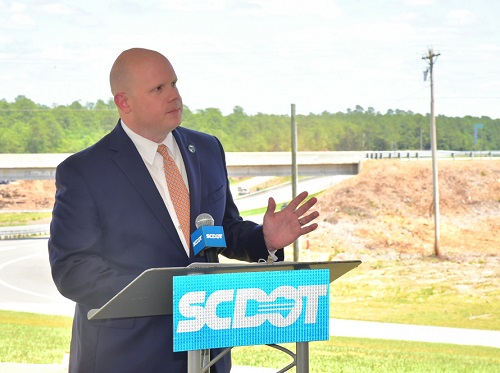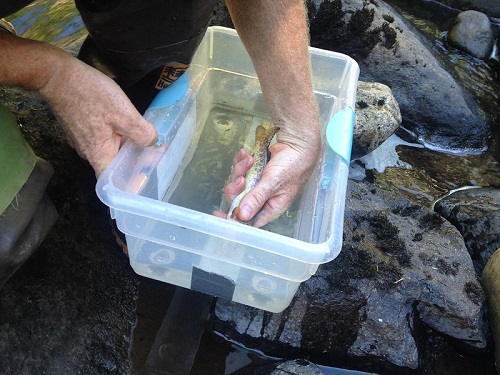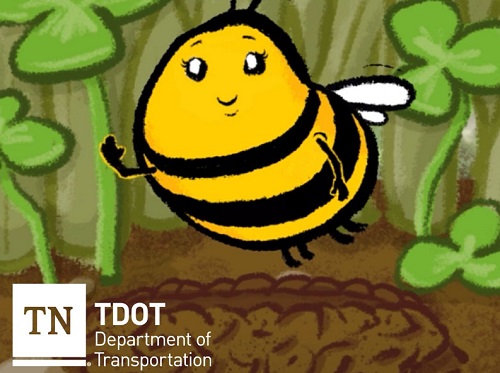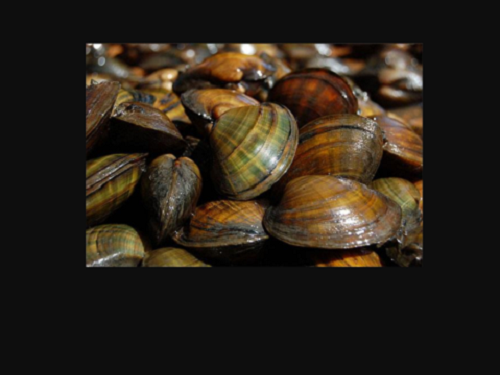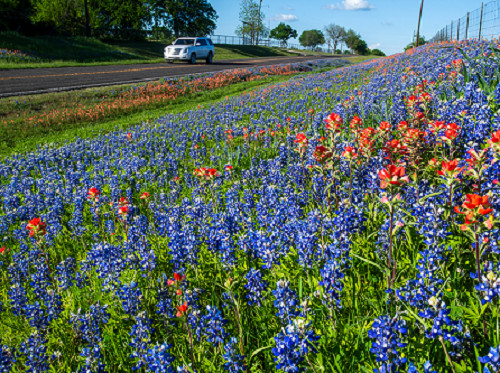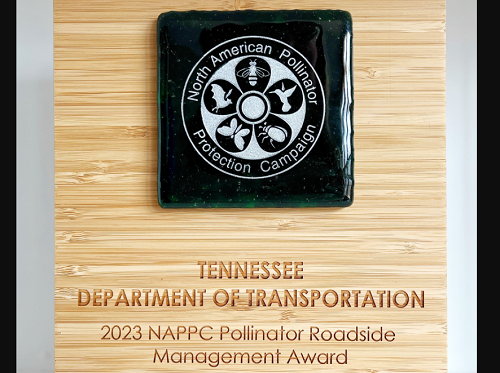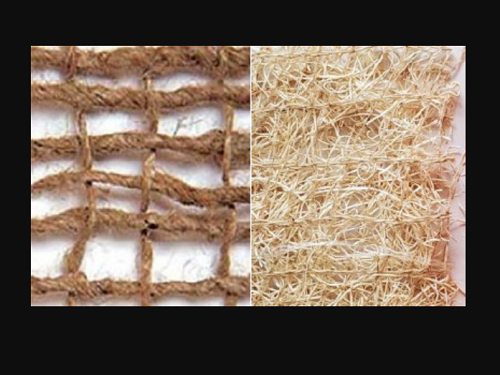In a recent blog post, the Texas Department of Transportation detailed the lessons learned from a field training exercise the agency conducted for select staff from its West Texas District in April.
[Above photo by TxDOT]
The excursion took TxDOT West Texas environmental project planners and specialists to the Davis Mountains region and included visits to national and state parks, prairie dog towns, Comanche Springs, the University of Texas at Austin McDonald Observatory and other settings for a close-up view of plants, lizards, birds, bats, the spring source for the Edwards Aquifer and more.
That training exercise aimed to foster a deeper comprehension of the resources TxDOT is charged with protecting — as required by law — and how its transportation projects may impact them.
“Getting the opportunity to learn about these resources from experts and see them yourself – versus behind a computer screen – is vital for professional development and improving your job performance as environmental staff,” said Rebekah Dobrasko, TxDOT environmental affairs director, in the blog post. “When we understand this, we are able to provide better input to our project engineers and designers.”
In that vein, TxDOT noted that members of the Mescalero Apache and the Ysleta del Sur Pueblo tribes spoke to the group; sharing their history and the important places, plants, animals and other natural resources revered for their significance.
“This isn’t something we get to experience every day, and it gave me a better understanding of why it is important that we coordinate with these groups for certain projects,” said Holly Brady, a TxDOT environmental planner in Odessa.
That interactivity speaks to TxDOT’s commitment to building relationships with tribes as part of a consultation process guided by the National Historic Preservation Act, the agency explained – a law helps identify and minimize any potential impacts of a project on prehistoric archeological sites, cemeteries and other places of cultural significance.
Meanwhile, the group also visited the “bat-occupied underside” of a bridge on SH 17 over Frazier Canyon. The TxDOT staffers also heard from an official with the Texas Parks & Wildlife Department as part of that visit, with the official explaining the deadly impacts of “White-Nose Syndrome” on hibernating bats, as well as how to TxDOT employees can identify endangered and threatened bat species in Texas.
“The visit to the bridge underpass and the presence of bat communities was an eye-opener,” said Adrian Aguirre, an environmental specialist in El Paso.
He added that the experience highlighted the importance of thorough environmental reports prior to construction and the importance of effective management to minimize a project’s impact on the habitat of protected and endangered species.
“It’s easy to get bogged down in the mundane of our jobs — the changing laws and regulations, redoing project clearances that are affected by these changes, and so on,” added Bridget Dawson, a project planner in TxDOT’s San Antonio office. “This environmental field training course was a grassroots revival of passion for everything that led the TxDOT environmental staff to this profession in the first place — our love for nature and the desire to better understand, protect, and preserve it.”

